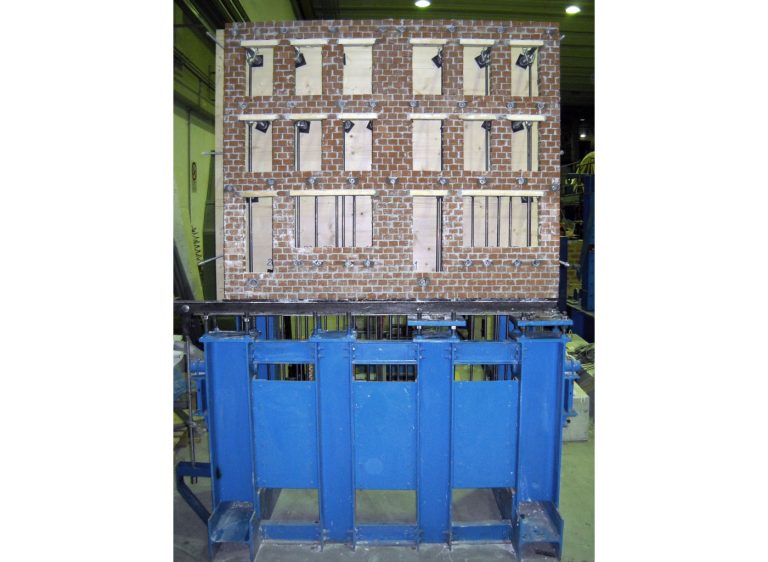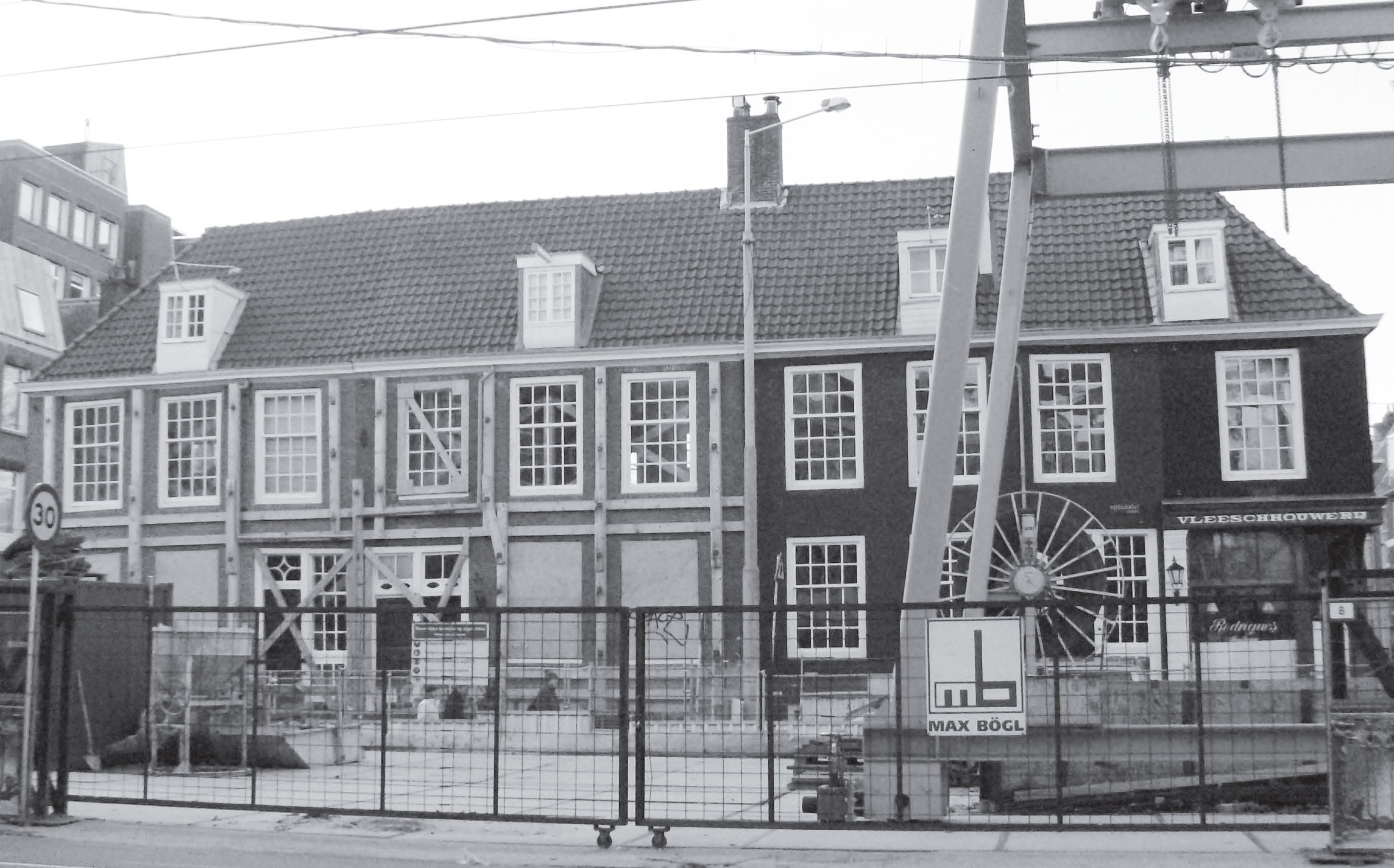Environmental engineer Dr. Giorgia Giardina improved the method for estimating what damages to brick houses can be expected as a result of tunnelling activities.
Giardina opens her PhD-thesis with a photo of a cracked building in Amsterdam that was damaged as a result of an accident in an adjacent excavation, which made the soil under it flow away. As a result, one side of the house ended up a whopping 25 cm lower than the other. Such a settlement is a catastrophic event that by the way has nothing to do with tunnelling, as Giardina points out.
Tunnelling the Amsterdam Noord/Zuidlijn went indeed very smoothly. Settlement due to tunnelling is the result of a soil volume loss, says Giardina. It means that the tunnel takes up a little less volume than the soil that has been removed. For example, a volume loss of 3% would result in settlements of several millimetres on the surface. In practice however, builders do much better than that. A volume loss of 0.5% is industry standard. “Otherwise, no one will hire them”, Giardina explains.
Construction companies are required to perform damage predictions on the existing buildings above the track. But the method in use, called LTSM for Limiting Tensile Strain Method, could be improved by considering extra structural factors governing the building response.
Damages are classified on a six-levels scale varying from (1) ‘negligible’ with hair cracks up to 0.1 mm, over (4) ‘moderate’ implying crack size of 5 – 15 mm to (6) ‘very severe’ with cracks over 25 mm.
As an alternative for the conservative but user-friendly LTSM method, Giardina, as a PhD-student in the faculty of Civil Engineering and Geosciences, set up a numerical analysis to calculate the deformation in brick houses and verified the outcome of her model by deforming a 1 to 10 scale model of a brick wall under settlement.


She subjected the model brick wall to 1 cm deformation, resulting in ‘very severe’ damage. One crack for example measured 6 mm’s in the model or 6 cm in a full-scale house. Such settlements (10 cm in full scale) do not represent realistic values (calamities excepted), Giardina explains. But she needed to exaggerate to even see the cracks well enough in order to validate her numerical model. Besides, when the model holds under such exaggerated circumstances, it should perform well under smaller, more realistic values.
Giardina knows that numerical analysis and finite element calculations aren’t common practice within construction companies, so she translated her findings in adjustment factors to the LTSM method. Adjustment factors are based on for example how much windows and doors a facade has, the quality of bricks and mortar and on the type of foundation.
It works like this. Suppose the engineers come up with a LTSM prediction of ‘very slight’ damage – that is level ‘2’. If a third of the brick facade consists of openings, Giardina’s table says that the expected damage could increase up to 2 levels, resulting in a prediction of ‘moderate’ damage instead. Why does that matter? Because it would legally force the construction company to do more elaborate studies on the expected damage before getting a building permit.
Giardina is the first to admit that her damage prediction model is still far from perfect, and that it can be elaborated for other types of buildings. However, her work is a first step to make the current assessment tool more realistic without the need for complex and time-consuming calculations.
If and when her study will be used in practice is unsure. The fact that it was carried out for the Dutch Underground Building Centre COB indicates the study is not merely academic and people in (under) the field are interested to improve the current practice.
When asked if her model can be used for earthquake induced damage for houses above the Groningen gas field as well, she laughs and says there are perfectly good seismic models for that. It’s only that people in the Netherlands saw very little use for these until recently.
→ Giorgia Giardina, Modelling of Settlement Induced Building Damage, 15 February 2013, PhD supervisors Prof. Jan Rots and Prof. Max Hendriks (CEG).



Comments are closed.